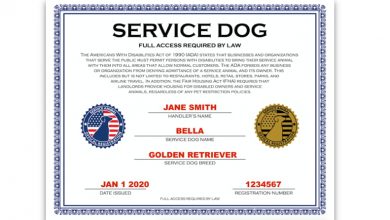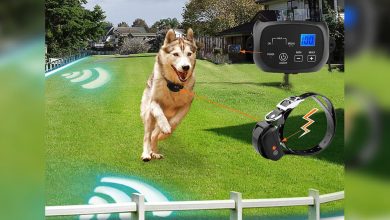Uncovering the Mystery of Why Your Dog is So Static!

1. Introduction
Dogs are naturally curious and active animals, but sometimes they can become static or lethargic. If you’re wondering why your dog is so static, there are a few possible explanations. In this article, we will explore the causes of static behavior in dogs, physical factors that contribute to it, behavioral factors that may be at play and signs of stress and anxiety in dogs. We will also discuss how to help reduce or eliminate static behavior in your dog as well as when professional assistance may be necessary for managing your dog’s static behavior.
2. Causes of Static Behavior in Dogs
Static behavior in dogs can be caused by a variety of factors such as physical pain or discomfort, boredom, fear or anxiety, lack of exercise or stimulation, and age-related issues. It is important to understand the underlying cause of your dog’s static behavior before attempting to address it as different causes require different approaches to treatment.
3. Physical Factors that Contribute to Static Behavior in Dogs
Physical pain or discomfort can cause your dog to become less active than usual and lead to static behavior. Arthritis, joint pain, muscle soreness and other medical conditions can all cause your dog to become less active than usual and lead to a decrease in energy levels. If you suspect that your dog may be experiencing physical pain or discomfort it is important to have them checked out by a vet as soon as possible so that any underlying medical issues can be addressed appropriately.
4. Behavioral Factors that Contribute to Static Behavior in Dogs
If there are no physical issues causing the static behavior then it is likely due to behavioral factors such as boredom, fear or anxiety. Boredom can cause dogs to become less active than usual and lose interest in activities they once enjoyed; this can lead them into a state of apathy which presents itself as an overall decrease in energy levels and activity levels. Fear or anxiety can also lead dogs into a state of hypervigilance which will present itself as an increase in alertness with little activity due to the fear response being triggered more easily than normal; this too will lead to a decrease in overall energy levels and activity levels.
5. Signs of Stress and Anxiety in Dogs
It is important for pet owners to recognize signs of stress and anxiety in their pets so they can take appropriate action if necessary; some common signs include panting/drooling/excessive licking/yawning/trembling/whining/pacing/restlessness/avoidance behaviour/destructive behaviour/changes in eating habits etc… If you notice any changes in behaviour that could indicate stress or anxiety it is important for you speak with your vet about possible solutions such as behavioural modification techniques or medications if necessary (always consult with a vet before administering any type of medication).
6. How To Help Reduce Or Eliminate Static Behavior In Your Dog
Once you have identified the cause(s) behind your dog’s static behavior then you can begin addressing it appropriately through behavioural modification techniques such as providing regular exercise (at least 30 minutes per day), mental stimulation (through interactive toys or puzzle feeders), socialization opportunities (with other dogs) etc… Additionally providing plenty of positive reinforcement when they display desired behaviours (such as sitting calmly) will help reinforce those behaviours over time leading them away from displaying undesirable behaviours such as static behaviour due to boredom or fear/anxiety etc…
7 Professional Assistance For Managing Your Dog’s Static Behavior
If you are having difficulty managing your dog’s static behaviour then professional assistance may be necessary; speaking with a qualified animal behaviourist who specializes in canine behaviour management can provide invaluable insight into understanding the root causes behind the behaviour and developing tailored strategies for addressing it effectively over time through positive reinforcement techniques etc… Additionally speaking with trainers who specialize specifically on obedience training may also help if needed depending on the severity of the issue at hand; regardless always consult with professionals before attempting any type of behavioural modification technique on your own!
8 Conclusion
In conclusion, there are many potential causes behind why your dog might be displaying static behaviors ranging from physical pain or discomfort all the way through boredom, fear or anxiety etc… It is important for pet owners to understand what could potentially be causing their pet’s static behaviors so they can address them appropriately through behavioural modification techniques such as providing regular exercise & mental stimulation along with positive reinforcement when desired behaviours are displayed etc… Additionally seeking professional assistance from qualified animal behaviourists & trainers who specialize specifically on canine obedience training may also be beneficial depending on the severity of the issue at hand!
• Animal Behaviour Associates: https://www.animalbehaviourassociatesllc.com/canine-behavior-consultations-and-training-programs
• ASPCA: https://www.aspca.org/pet-care/dog-care/common-dog-behavior-issues
• VCA Hospitals: https://vcahospitals




